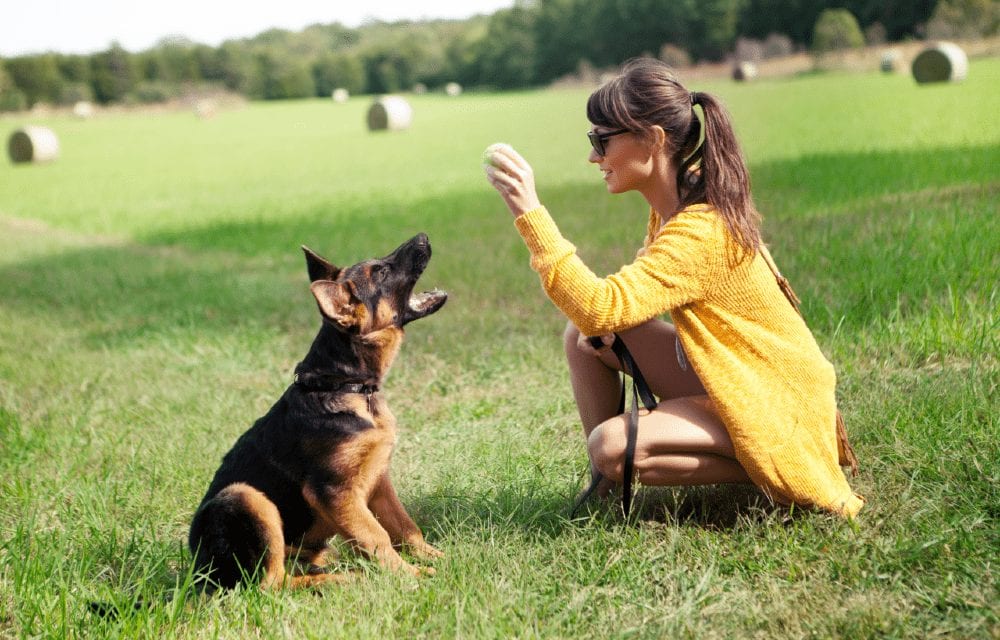
Having a pet can be a huge responsibility. Are you considering getting a puppy and not sure how quickly they can learn? You need to understand the things that will help your pup become trained. This article will help you learn more about what it takes to train a dog quickly.
Get ready to find out the best methods for helping your pup become well-behaved!
Establishing a Training Routine
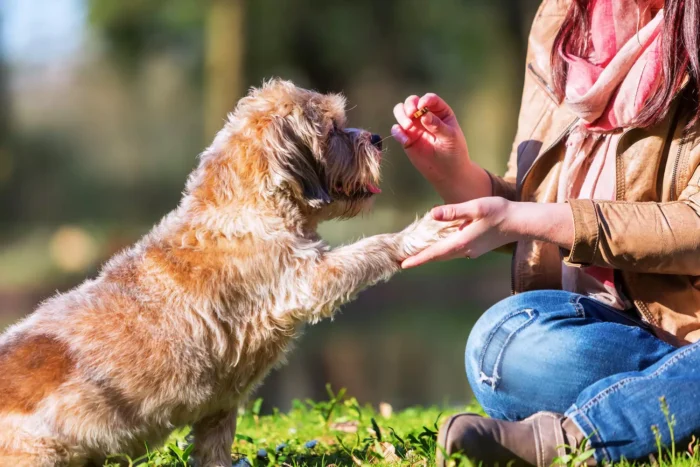
Creating a successful training routine for your dog should be based on understanding your pet’s individual behavior, needs, and personality. It is important to first set realistic goals for yourself and structure a plan that both you and your pet can follow. If you are looking for more structured training, you may consider enrolling your pet in a dog training camp, such as the ones offered in Florida.
These programs offer intensive training and expert guidance, which can help you achieve your training goals faster. By sending your pet to a dog training camp in Florida, you will be able to provide them with the best possible training experience, ensuring that they are able to learn new skills and behaviors in a supportive and engaging environment.
The following are some key aspects to consider when creating an effective canine training routine:
Timing
Set up a consistent schedule of when you will begin and end the training sessions. Provide ample amount of time each day to focus on teaching as well as practice, but keep sessions short enough so your dog remains engaged throughout.
Environment
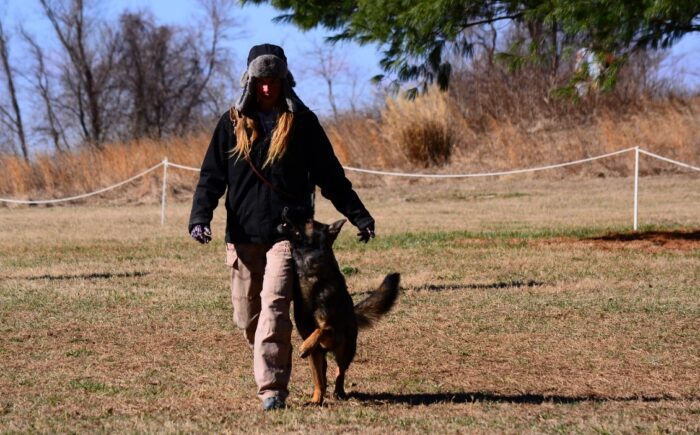
Selecting a quiet, comfortable area in which to train is important. If there are too many distractions or the space is too chaotic, this could impede success.
Reinforcement
Creating positive reinforcement incentives is essential in getting your pup to engage with their learning process more readily and retain information better. Use treats or praise-based rewards depending on the desired outcome of each lesson.
Practice
Consistently engage in practice drills with your dog in order for them to become proficient in their skill set. Repetition will help reinforce what they’ve learned thus far and cultivate new behaviors faster.
Patience
It’s important to keep a positive attitude throughout the training process with patience as your primary foundation for success. Some of them may learn faster or slower than others or may naturally pick up certain behaviors more quickly than others – stay dedicated no matter what challenges arise!
Basic Commands to Teach Your Dog
While all pets will require some basic obedience training, your individual pup might need additional help depending on breed and their tendency for distraction. Start with some essential basics and build from there to ensure a well-versed pooch over time.
To simplify the process of teaching your pup at home, begin by introducing simple commands using treats as rewards once they complete the desired behavior. Making sure they understand they’re being rewarded for completing the desired behavior will greatly enhance the effectiveness of each session and motivate your furry friend to stay engaged in something new every day.
Basic Commands to Teach Your Dog
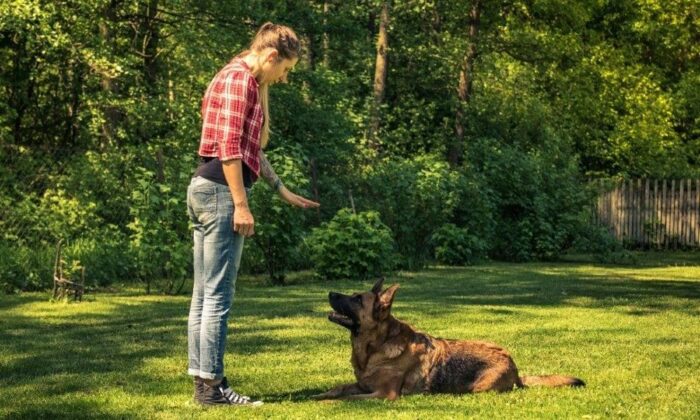
- “Sit” – One of the most important commands for any dog, it is likely going to take up a majority of your training sessions early on in their development. Having them easily able to understand ‘sit’ can provide an easy way to control and pause dogs who tend more towards distraction than others as you’re out walking or trekking through busy areas with distractions abound.
- “Stay” – This command should be used after establishing ‘sit’, as it’s an extension intended on keeping them stationary when given during various situations or distractions (which are bound to occur over time). Once they understand that staying still leads to treats, you may find that it becomes second nature when out in distracting environments like parties or simply during walks around town.
- “Down” – This command is another common variation on ‘sit’, but down takes it one step further by having them lay down flat on their stomach which can provide even more security when trying things like walking close together through crowded streets or bustling parks with more counter attractions than usual.
- “Come/Here/Come Here” – Also known simply as ‘recall’, this command is designed to get your puppy’s attention without much motion required from you (or too many excuses). Training recall is essential as it allows a dog owner a reinforcement of power in charge every time it’s given successfully, leading Fido back in line with great efficiency over time (with plenty of treats!).
Advanced Training Techniques
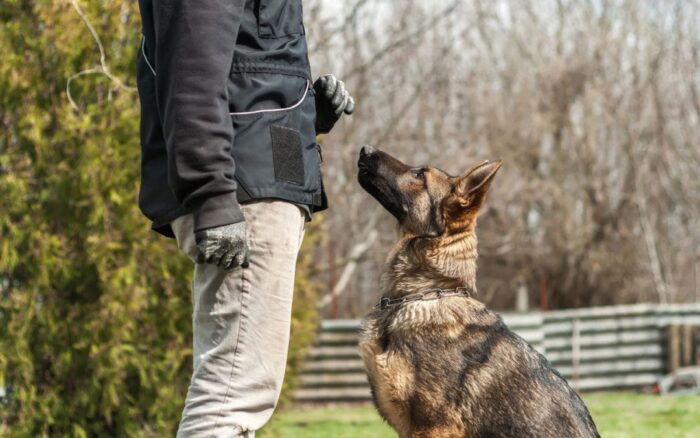
Advanced training techniques involve teaching a dog to perform more complex tasks, such as performing specific behaviors on cue or in response to specific environmental cues. This level of training requires a solid foundation of basic obedience skills, which can be built up gradually throughout the dog’s lifetime.
Basic obedience may involve simple commands such as “sit”, “down” and ‘come’. Advanced training may include having the dog complete specific tasks, depending on the situation and environment (for example, fetching objects or opening/closing doors). These advanced commands also require correct timing and consistency; if your dog starts to become confused or frustrated with the complexity of the command you are asking them to do then it is important to take a step back and focus on reinforcing their understanding before moving onto more complex tasks.
It is important to note that while advanced techniques can be trained relatively quickly (usually within a few weeks), it is essential that each individual milestone is repeated consistently with positive reinforcement before progressing onto something new – consistent reinforcement will ensure your pup fully understands what they are being asked of them.
Additionally, when training an advanced trick always remember that progress is not linear – sometimes you will have periods where your pup exceeds expectations and other times where their enthusiasm for learning suffers – this is normal! Patience and understanding will go a long way toward achieving success in any kind of canine training regime.
Conclusion
In conclusion, training your best friend is a process that requires patience, consistency, and the right approach. The time it takes to train a dog varies greatly depending on several factors such as the breed, age, and temperament of the dog. Some of them can be trained relatively quickly, while others may take longer to learn new commands and behaviors. However, regardless of the time frame, it is important to remember that training should be a positive experience for both the owner and the dog.








